Watch for different rise forms and prepare for the hooks set. It’s all a lot of fun when you realize that good fishing isn’t luck. It’s attention to detail with an open mind and a willingness to dive into the mystery . . .
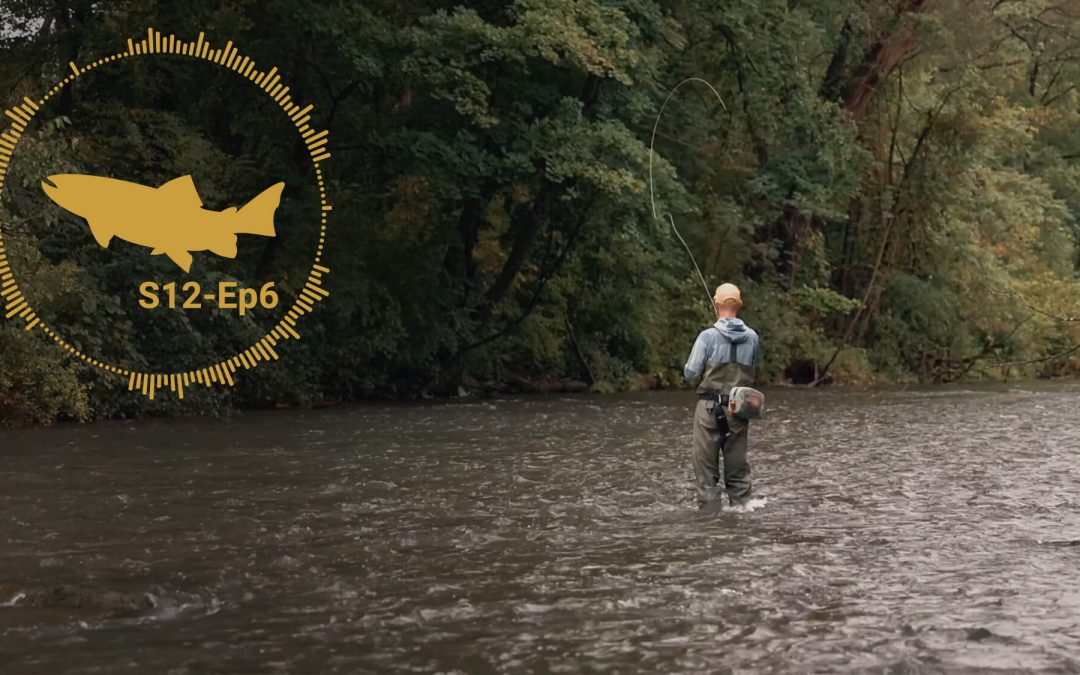

Watch for different rise forms and prepare for the hooks set. It’s all a lot of fun when you realize that good fishing isn’t luck. It’s attention to detail with an open mind and a willingness to dive into the mystery . . .
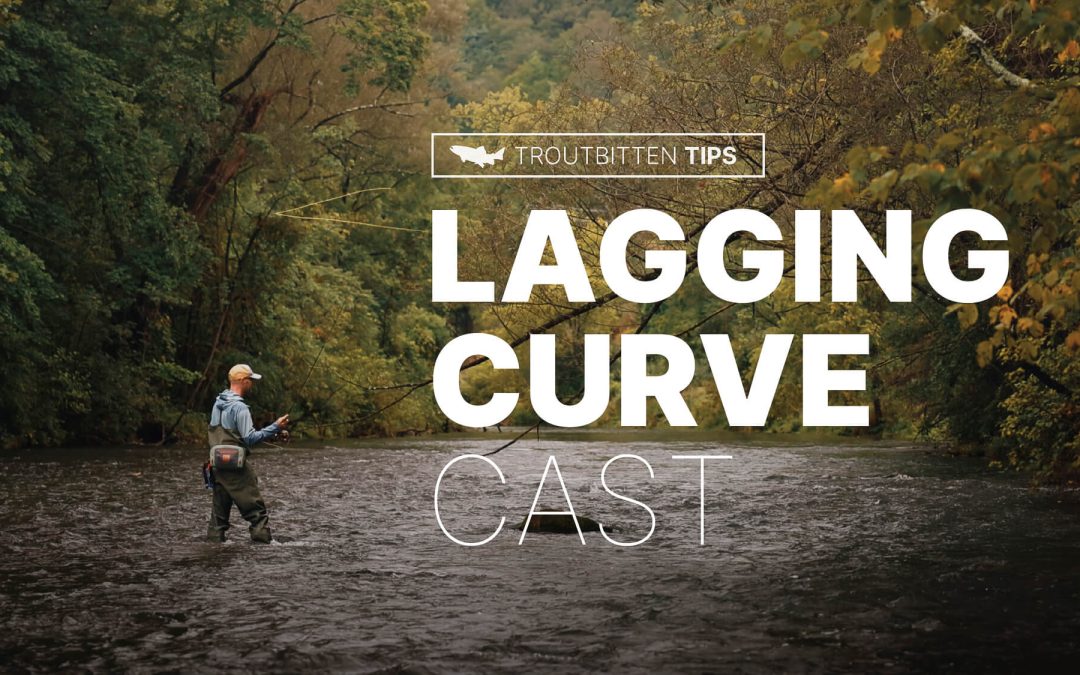
The Lagging Curve is a beautiful way to provide slack to a dry fly, and it’s my favorite way to get perfect dead drifts to a dry fly in rivers. I fish a lagging curve at just about any angle, using both a forehand and backhand cast, and it provides slack to a dry fly for days.
The lagging curve is really the opposite of what most people mean by a curve cast. This is an underpowered curve and not a power curve.
The leader design matters a lot, and so does the casting stroke. I cover it all in the video . . .
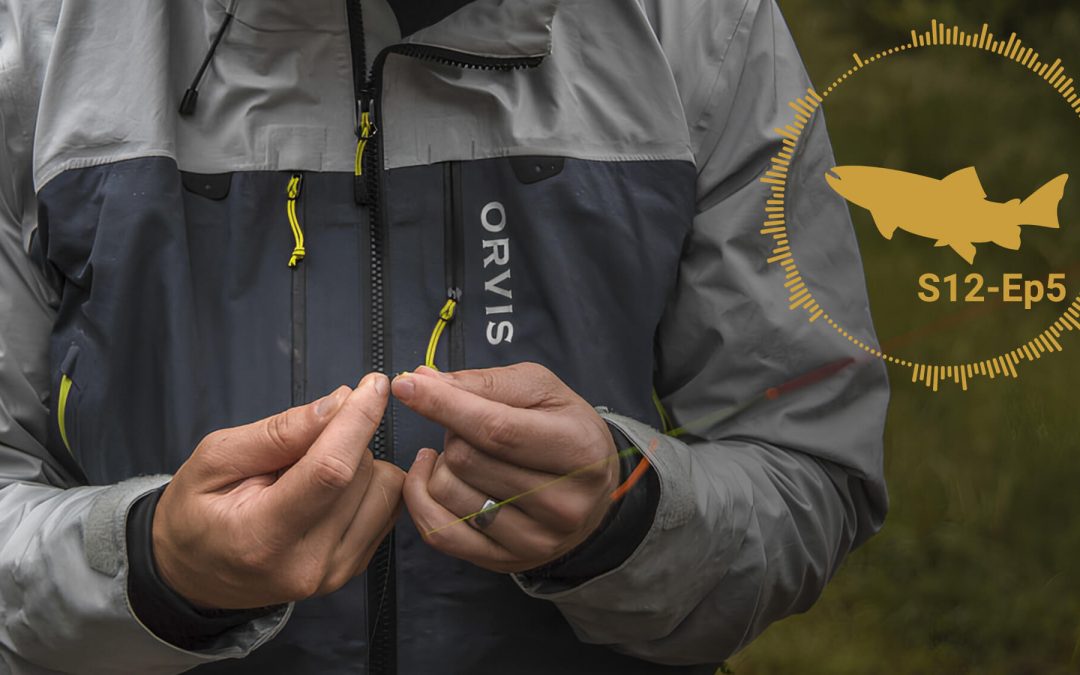
The flies matter. But more than anything, it’s about matching the moment, the water type, the lifecycle of the bug – and even the wind conditions. For us, those conditions — those situations — dictate our next fly choice.
We don’t guess on patterns. Instead, we think about things, develop a theory and test it with the next fly choice and (hopefully) a great presentation.
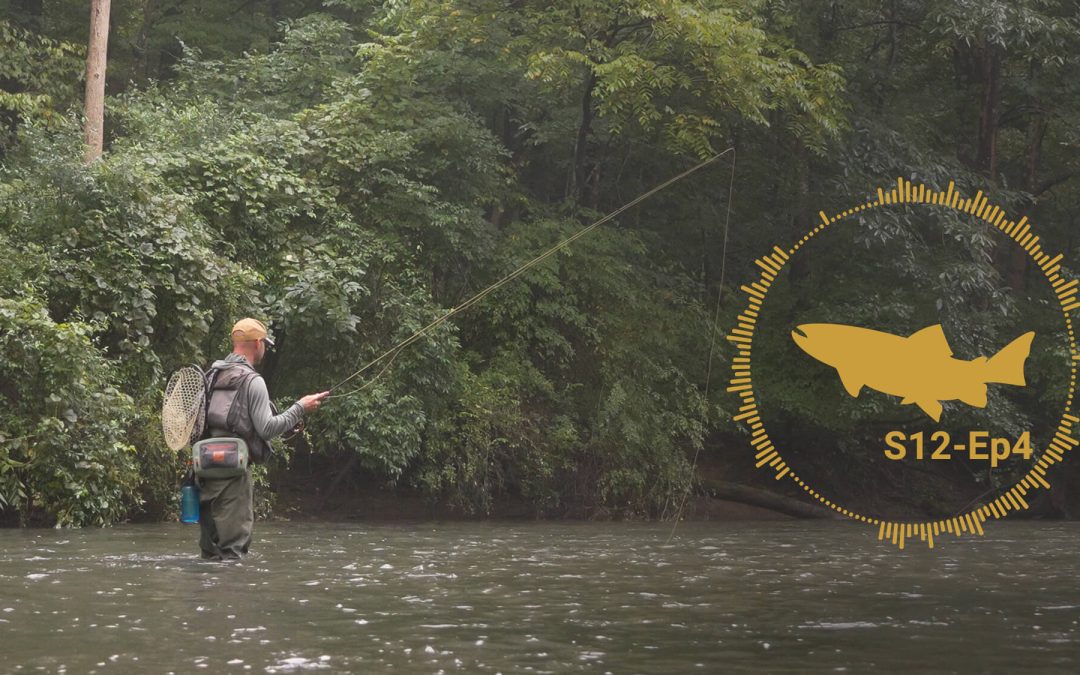
Ten and two. Acceleration and crisp stops between two points. Pause and allow turnover to happen. Feel the rod load and watch it all happen with the fly line in the air. Once you have that timing, your baseline is set, and you can take that same stroke to any rod angle, punching the fly around and laying things out just how you want them with a few adjustments.
Good mending is setup by good casting. Put the two together, and you can feed slack to a dry fly for perfect drag free drifts.
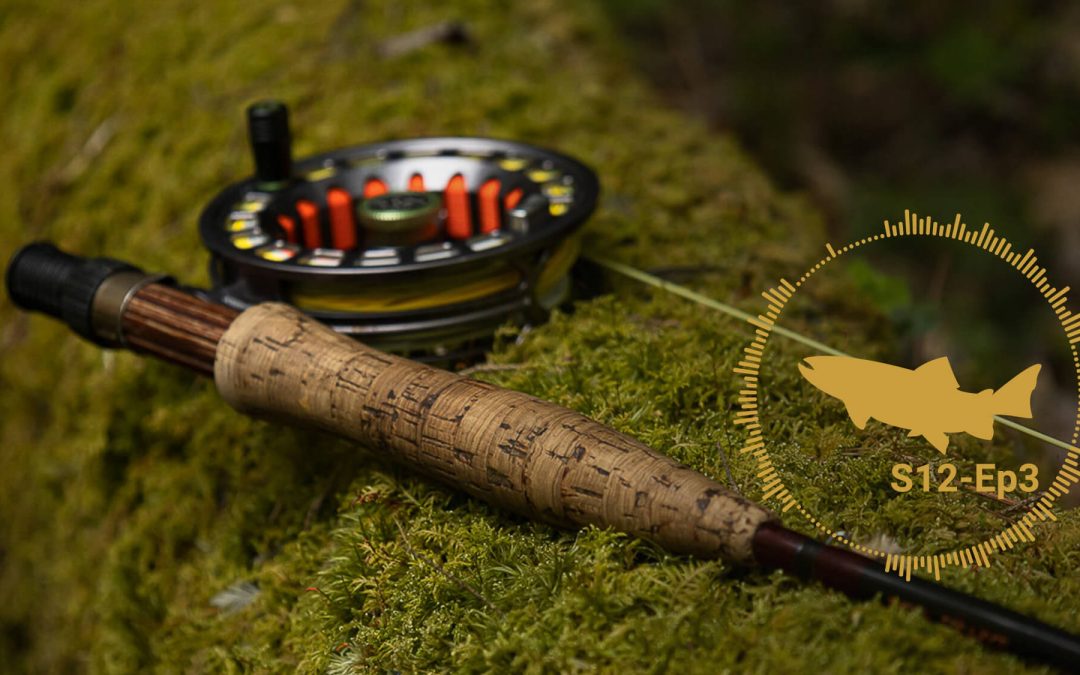
The leader should match the moment and match the angler. It should match the fly, the river and the wind conditions. Adjustments are necessary, and when they’re performed often enough they become intuitive.
An objective look at real goals for the dry fly, along with the true capabilities of the leader materials at hand, will lead anyone down the path toward a great leader formula for dry flies.
While many anglers might consider the leader as an afterthought, we believe the leader is the most consequential element in the system. The leader always matters, but it’s most important while trying to achieve dead drifts with a dry fly.
The Harvey Gold has the heart of the Harvey Dry leader, with a little more heft in the butt section and a piece of Gold Stren for a short sighter. The system allows for the quick swap of tippet sections, each specifically built for the river conditions, making this a truly modular leader without sacrifices (almost) . . .
The drag free drift — a high percentage of the time, that’s what catches trout on top. So aiming for perfection on a dead drift sets the baseline. And if you get those great drifts, but they won’t eat it, try some animation.
Everything works sometimes. So we’re ready to try anything. But we spend the most time with tactics that produce with the highest rate of return. That’s just common sense.
My friend, Matt Grobe, joins me for this second episode in our Dry Fly Skill Series, to walk through what a drag free drift really is, how critical perfect drifts really are, and when/how we animate the fly. a fly rod can do.
With all the right tools of rod, line, and leader, with all the knowledge about casting options, and with serious dedication to line speed, you need just one more thing.
Guts. Courage. Fortitude.
A willingness to fail.
Take your shots. That’s the only way toward a real education on small streams. Make the casts you think you can’t make. Eventually, instinct takes over and the fly goes into tighter targets than you ever thought possible . . .
We argue that dry flies are the heart and soul of fly fishing. The visual aspect is fun and exciting. And the pleasures of topwater fishing should not be missed.
Also, presenting dry flies is what makes fly fishing unique. And learning the skills to cast a dry teaches you everything about what a fly rod can do.
This small stream leader provides the control to cast through the brush yet still achieve good dead drifts on the dry fly. It’s tailor made for precision dry fly fishing in the brush, but it’s versatile enough to fish other styles. For me, this is the perfect small stream leader, and it’s been with me for a very long time.
That kind of control is exactly what is needed on small streams with cover. You can do magic tricks with the fly, twisting around corners and dipping it just inches under the next tree branch. Sure the cast matters most, but a leader that’s built for the job goes hand in hand, completing a system built for the challenges of small trout streams.
The George Harvey Dry Fly leader is a slackline leader built for dead drifting. With intentional casting, with the right stroke, the Harvey lands with slack in all the right places, with curves and swirls through the entire leader and not just in the tippet section. The Harvey is a masterful tool built for the art of presenting a dry fly on a dead drift. But success begins by understanding how the Harvey is different, and why it works.